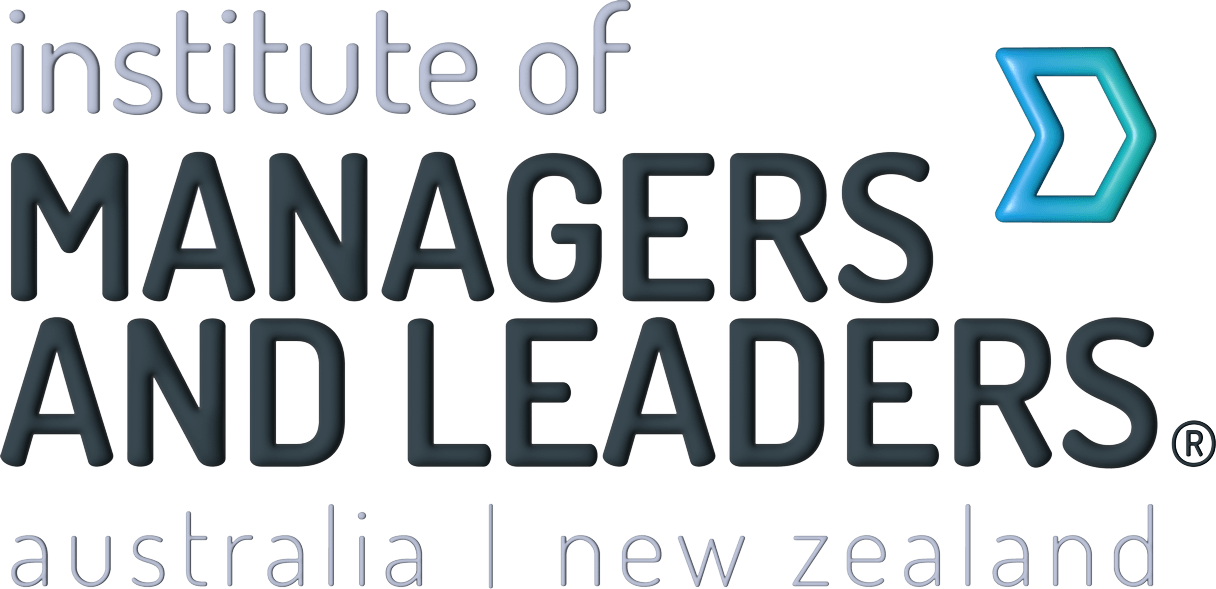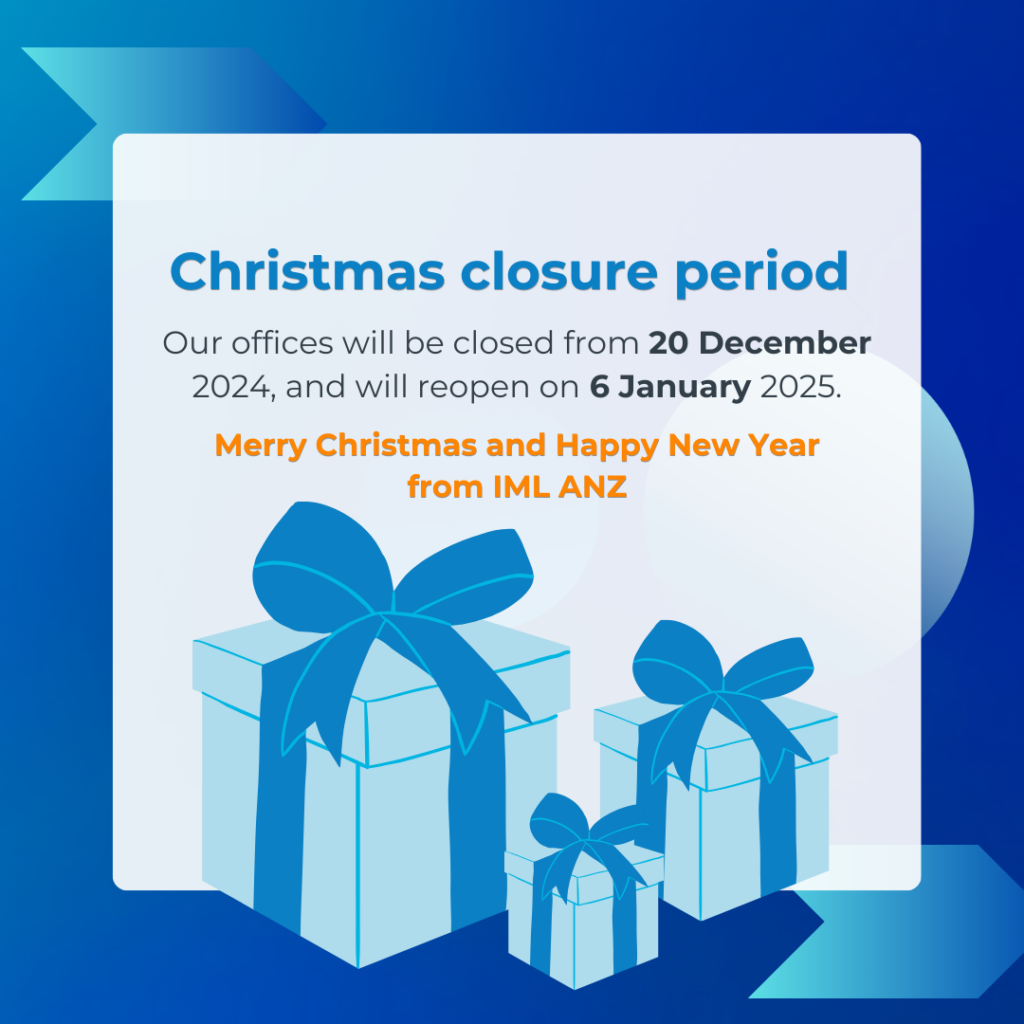By Sam Durland FIML
A few years ago, I had a brief encounter with Julia Gillard, during which I asked her how she had managed to cope with the rough and tumble of politics during a particularly tumultuous time in Australia’s recent history. She answered with one word: resilience. Indeed, in her autobiography, Gillard devotes an entire chapter to resilience, which she ascribes to a sense of purpose.
For me, resilience means the ability to overcome major challenges or setbacks. Over the past 20 years, working as an international development consultant and adviser in several African countries, I have encountered numerous examples of resilience at an individual, organisational and national level.
Personal resilience: a lesson from Uganda
In Uganda, I worked with a local entrepreneur who was developing several enterprises based on primary production. The aim is to enable his poor district in the west of the country to become self-sufficient instead of importing foods and raw materials from elsewhere. He was not driven by a need to generate wealth for himself; instead, a burning desire to provide employment and a secure future for his people. He faced many obstacles, from government officials trying to exact bribes for the services they were charged with providing, to a system of land ownership that made it difficult to obtain secure title to agricultural land.
My client was dogged in his resistance to illegal payments and unrelenting in his efforts to register his land title. I especially marvelled at how he dealt with public servants, who put my client at risk of not receiving the requested service, or more alarming, put his safety in danger. In the end, sheer persistence won the day, and the service was rendered without the payment of a bribe.
The lesson: In reflecting on my client’s character, which I believe formed the foundation of his success, I would describe him as exhibiting resilience based on a strong sense of purpose and an overwhelming desire to be of service to his people.
Organisational resilience: a lesson from Lesotho
In the small African country of Lesotho, I worked with a dedicated group of local and international consultants and advisers on a United States-funded project to develop a new government agency that would provide secure land ownership for the country’s citizens. This agency was intended to replace a government department that was widely thought to be both corrupt and inefficient in its dealings with the general public. Members of the project staff faced a major obstacle in the form of pushback from political interests who appeared reluctant towards change.
Project staff found that they were prevented from meeting with key public servants, they had their furniture removed from their offices, and there was even an attempt to confiscate their computer equipment.
The lesson: Despite these and other setbacks, they were resolute in their determination that the project should succeed (and it did), knowing that there was widespread community support for the initiative, as well as obvious benefits for the country’s economy. In the face of strong opposition, this group displayed resilience based on a sense of integrity and a commitment to do what is right.
National resilience: A lesson from Liberia
Finally, I turn to the West African country of Liberia, recently wracked by an Ebola-virus epidemic and still recovering from a 14-year-long civil war. As a consequence of the war, much of the country’s infrastructure had been decimated and government departments’ records destroyed or rendered incomplete. Here, my role was to work with a team of international and local consultants and advisers, and their counterparts in the public service, to develop a new authority designed to oversee land administration and land management in the country and overcome a fragmented and dysfunctional bureaucracy.
Both the war and the epidemic had significantly touched virtually every Liberian whom I came into contact with that time. Yet, despite the distinct challenges, they exhibited both an enthusiasm for our project and a positive outlook on the country’s future.
The lesson: I ascribe their resilience to a sense of positive leadership at the national level (their President, Ellen Johnson Sirleaf, had won the Nobel Peace Prize), a strong sense of national purpose, and a national character grounded in hope.
For me, an underpinning sense of hope is present in all of these examples of resilience. Hope’s power is epitomised by Desmond Tutu when he said, “Hope is being able to see that there is light despite all of the darkness”.
Sam Durland is a Fellow of IML ANZ. Sam’s consulting work has taken him to more than 20 countries in Asia, the Pacific, Africa and South America. He previously held senior executive positions with private enterprise, statutory authorities and government departments in Australia and overseas.
Strengthen your resilience
Leaders need resilience to cope with the daily stresses of work and life. But when the work environment has changed and you face new challenges, what can help you perform at your best?
Paralympian and corporate high-performance coach, Katrina Webb OAM MIML will help take you through a three-phase process to manage your priorities, energy and your mind in our upcoming Virtual Event, ‘The Road to Resilience’.














